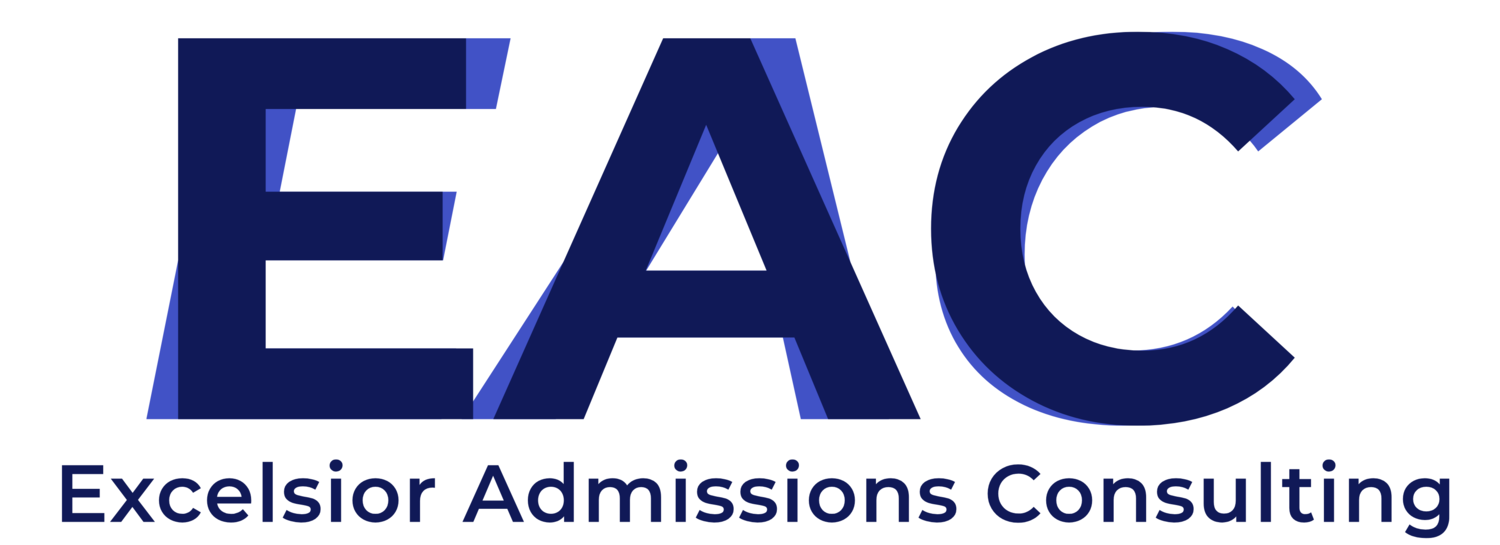Important Trends From This Year’s Admissions Cycle
With the reinstitution of testing requirements at several selective schools, application numbers and admissions rates have shifted a bit in this cycle. However, admission rates at super selective colleges continue to be at or below 6%. For current high school students, there are several trends to keep in mind.
The Common App reported a 6% growth in the number of applications overall and a 4% increase in the number of applicants. There were 13% increases in the number of Latin and first generation applicants. International applicants numbers did not increase this year while domestic applicants rose 5%. With the current political climate, there is likely to be a reduction in the number of international applications in the upcoming cycle.
Ivy League and other super selective colleges continue to have extremely low admission rates but several institutions that reinstated the requirement for standardized tests saw a decrease in the number of applications. Brown, Dartmouth, Duke, MIT, Vanderbilt, and Yale all reported admission rates at or below 6%. Many other selective colleges are reporting admissions rates at or below 10% including Amherst (7%), Emory (10%), Johns Hopkins (5%), Northwestern (7%), NYU (8%), Rice (8%), and USC (9%).
There has been a significant increase in applications to selective public/state universities especially in the South. For example, UT Austin received over 90,000 applications in this cycle (a 24% increase from last year) and out-of-state applications increased by 48%. When evaluating your chances for admission at state universities, try to find the applicable admission rate whether that be in-state or out-of-state as they often differ significantly.
More colleges are reinstating the requirement of standardized testing. Colleges including Brown, Cornell, Dartmouth, Harvard, Penn, Stanford, and Yale are all requiring test scores in the upcoming admissions cycle. Juniors and Sophomores should make sure that they have a plan to take standardized tests if they are applying to selective colleges as school policies continue to change.
It is important to carefully consider applying Early Decision to your top choice college (if it is available). Many selective colleges fill 50% of their incoming class with students submitting Early Decision applications. There is often a large gap in admission rates between the Early Decision round and the Regular round of applications. For example, this year Duke admitted 12.6% of applicants in Early Decision and filled a little less than half of the incoming class. In Regular Decision, Duke had a 3.7% admission rate. Vanderbilt accepted 13.2% of applicants Early Decision 1 and 2. In Regular Decision, Vanderbilt’s admit rate was 3.3%. Many selective colleges have similar differences between the early and regular admission rates. In the past, students have often applied Early Decision to super reach colleges, but in the current environment it is wise to be realistic when choosing a school to apply to Early Decision.
GPA tends to be a central factor in admissions, but the rigor of a student’s courses and their activities are also very important in admissions. With many applicants reporting a high school GPA in the A range, admissions officers are looking closely at students’ classes and activities. Colleges tend to favor sustained involvement in authentic interests which results in a leadership role and/or significant impact in that area.
Majors matter! The major that a student indicates on their application can affect their chances of admission. Business, engineering, computer science, and STEM majors can be more selective, depending on the college.
Optional videos are becoming a part of admissions materials at several colleges. Brown, Case Western, Claremont McKenna, Duke, University of Chicago, Wake Forest, and Washington University in St Louis (among others) have begun allowing students to submit a short video introducing themselves to the admissions officers. More colleges may offer this option in upcoming years.
If you have questions or would like to learn more about college admissions, please visit Excelsioradmissions.com or click here to schedule a free 30-minute consultation to learn how I can help with your college admissions process.
